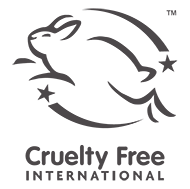Explore our Bees & Botanicals™ fragrance candle collections made with cotton wicks and a 100% sustainably harvested blend of natural vegetable and beeswax for the ultimate clean burn. Say no to burning paraffin or mineral waxes.
Our British-made fragrances are created in collaboration with leading international perfumers, combining the finest botanicals and essential oils, utilising both traditional and cutting-edge perfumery techniques. CRANBOURN® supports bee and pollinator conservation. We are certified and accredited by B Corp, Cruelty-Free International (Leaping Bunny), and the Vegetarian Society. #AnotherWay
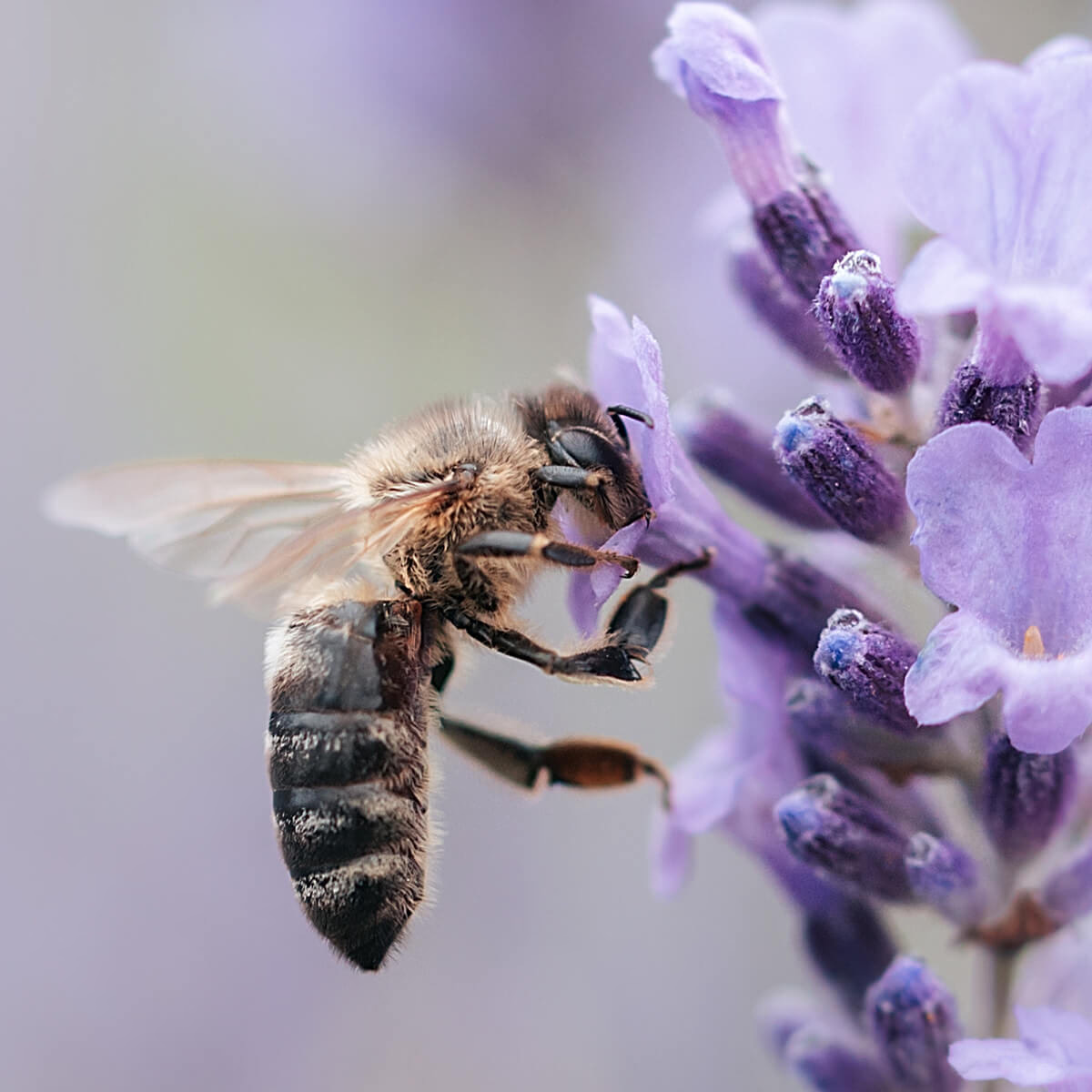
The Evolution of Bees
Bee species are found all around the world, except Antarctica. Bees evolved away from their predatory wasp ancestors several hundred million years ago, mirroring the evolution of flowering plants. They began feeding on pollen in exchange for a pollination service – this is where the interdependent relationship between bees and plants started.
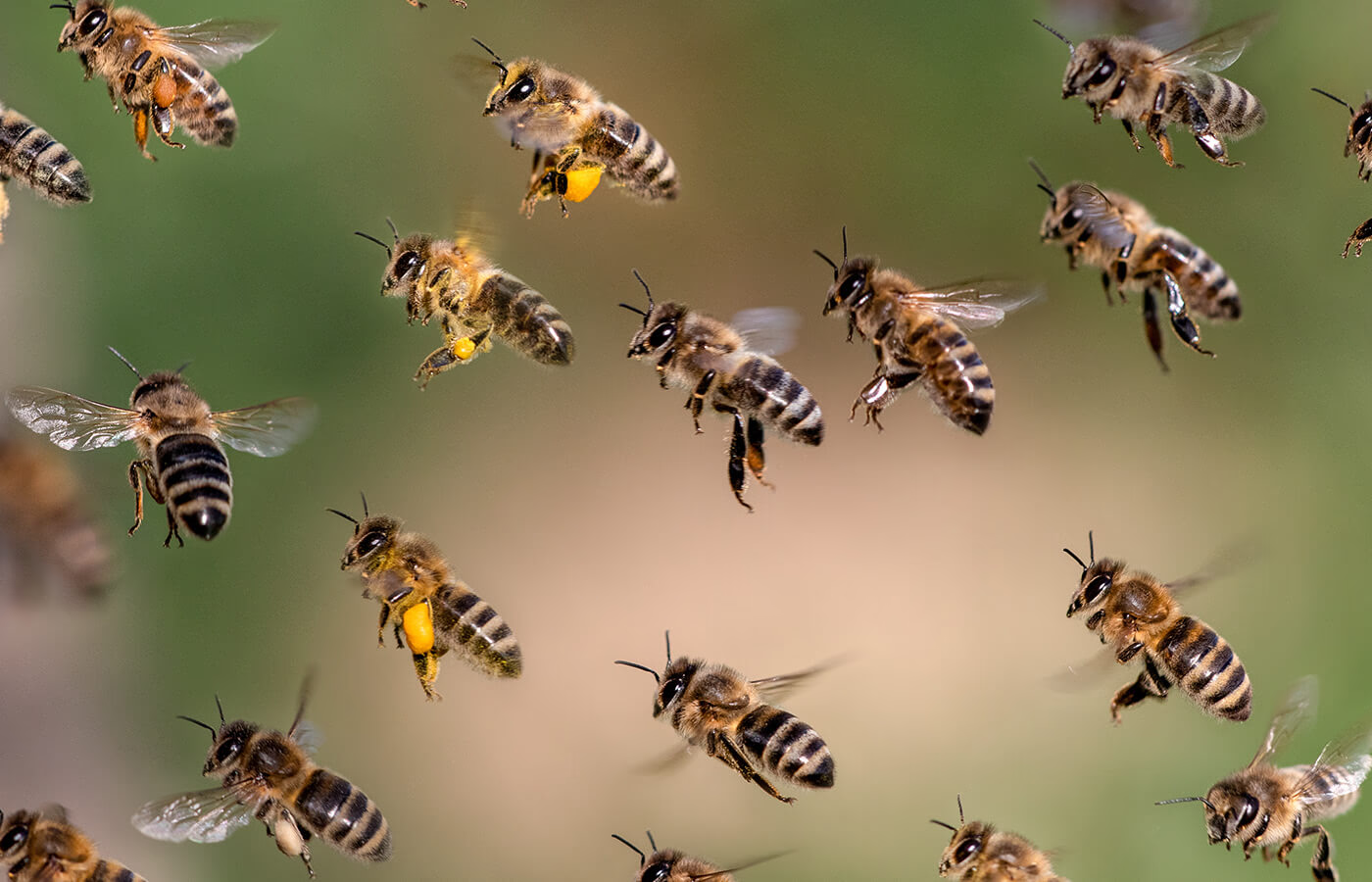
The Humble Honeybee
There are over 20,000 species, with the easily recognisable honeybee (Apis) subspecies only representing a small proportion of the overall bee species. The best-known bee is the Western honeybee (Apis mellifera), which has been domesticated since early human civilisation for honey and wax production and crop pollination. Honeybees are highly social and live in large, well-organised complex family groups, whilst other bee species are solitary.
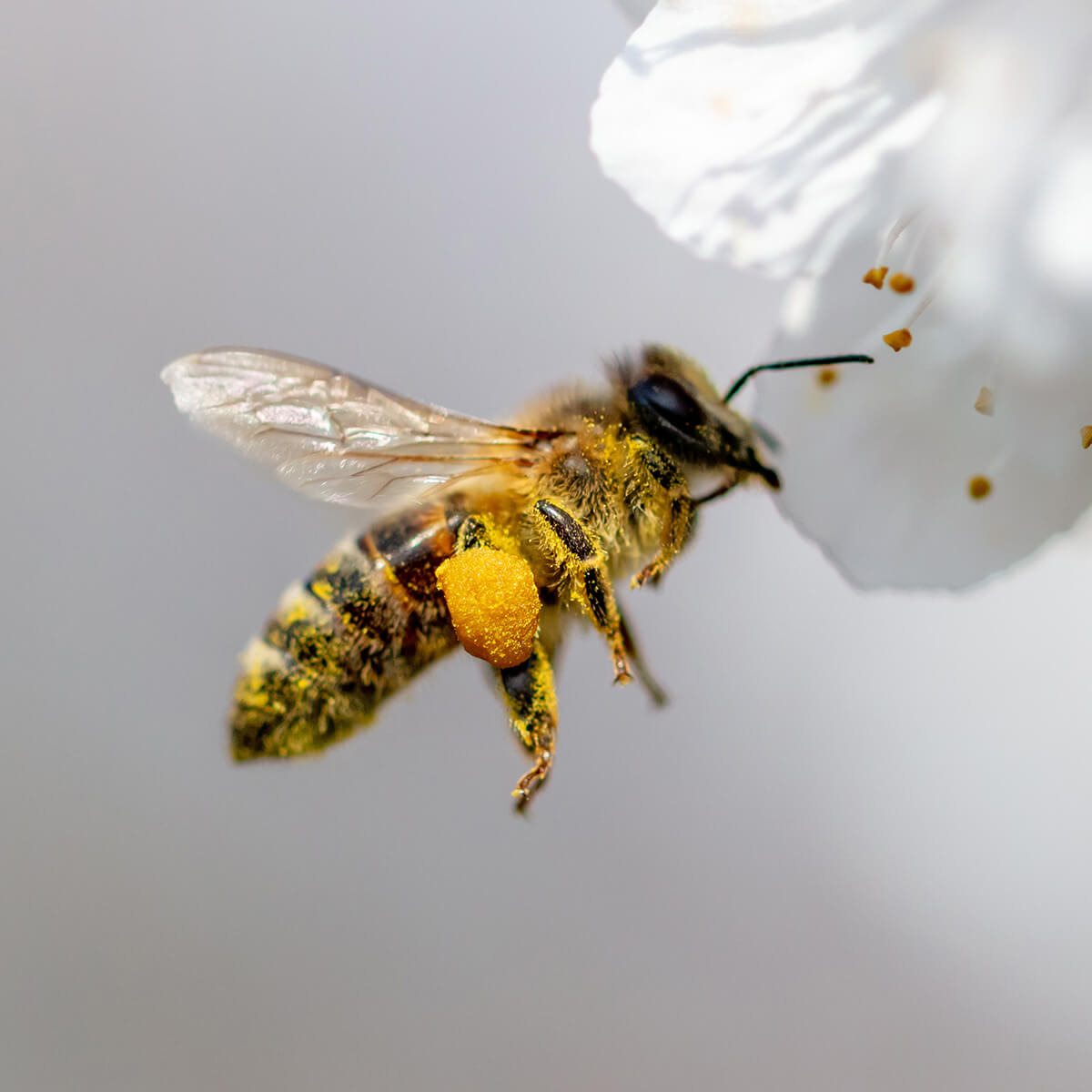
Botanicals, Bees & Pollination
The evolution of plants several hundred million years ago saw an abundance of flowering species, which allowed a group of vegetarian wasps to evolve into bees. Bees have a higher proportion of olfactory (smell) receptors than other insects. This enables them to recognise different plant species, communicate socially and recognise members of their hive.
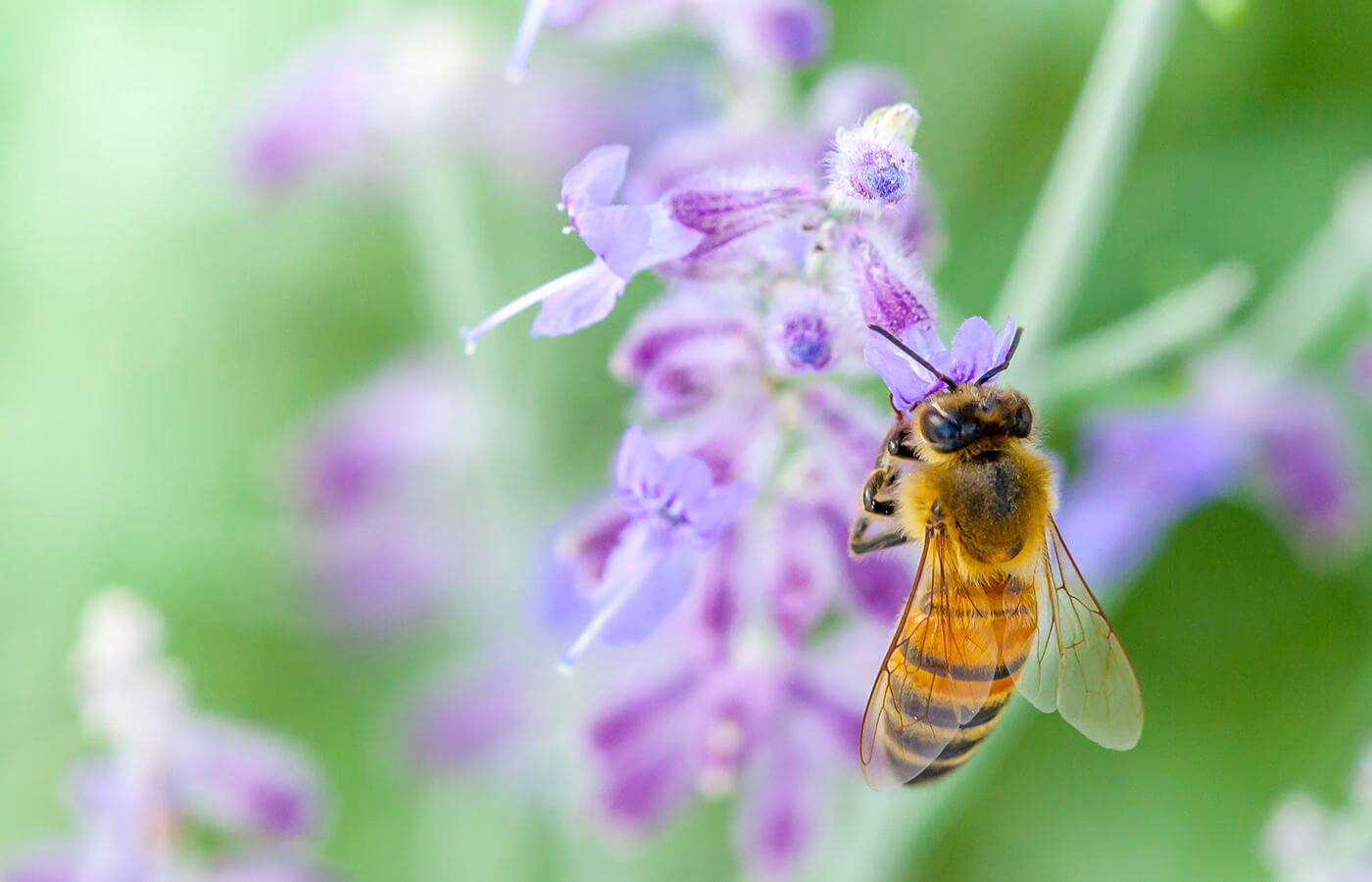
A Bee's Diet
A bee’s diet consists of pollen and nectar. Bee activity within a flower makes them particularly effective pollinators and very important both agriculturally and economically from a human perspective. Once a bee has identified new flowers, it will return to its hive with samples of the new botanical source and share its location with the colony.
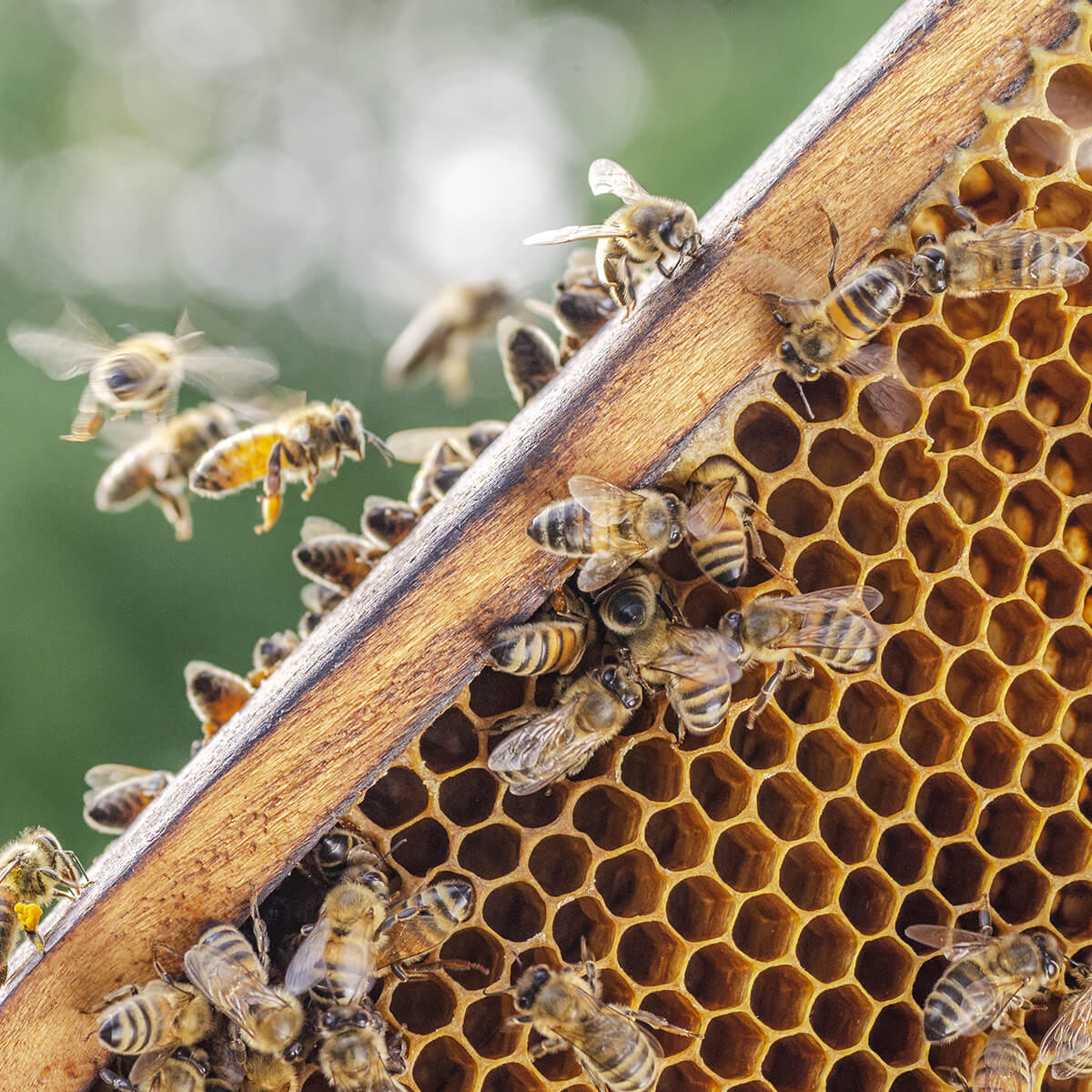
Bees & Human Civilisation
Since the dawn of civilisation, honeybees have proved very useful in providing honey, wax, and royal jelly. Early humans were hunter-gatherers, and they would have come across bees’ nests (hives), usually in trees, which they harvested.
Cave drawings and Stone Age art documents the human and bee relationship. The earliest documented beekeeping (apiculture) was in Ancient Egypt and Greece, with the construction of hives, which enabled the construction of hives and the domestication of the honeybee. Today, the domesticated Western honeybee is kept in beehives by beekeepers worldwide for pollination purposes and honey, wax, and royal jelly production.
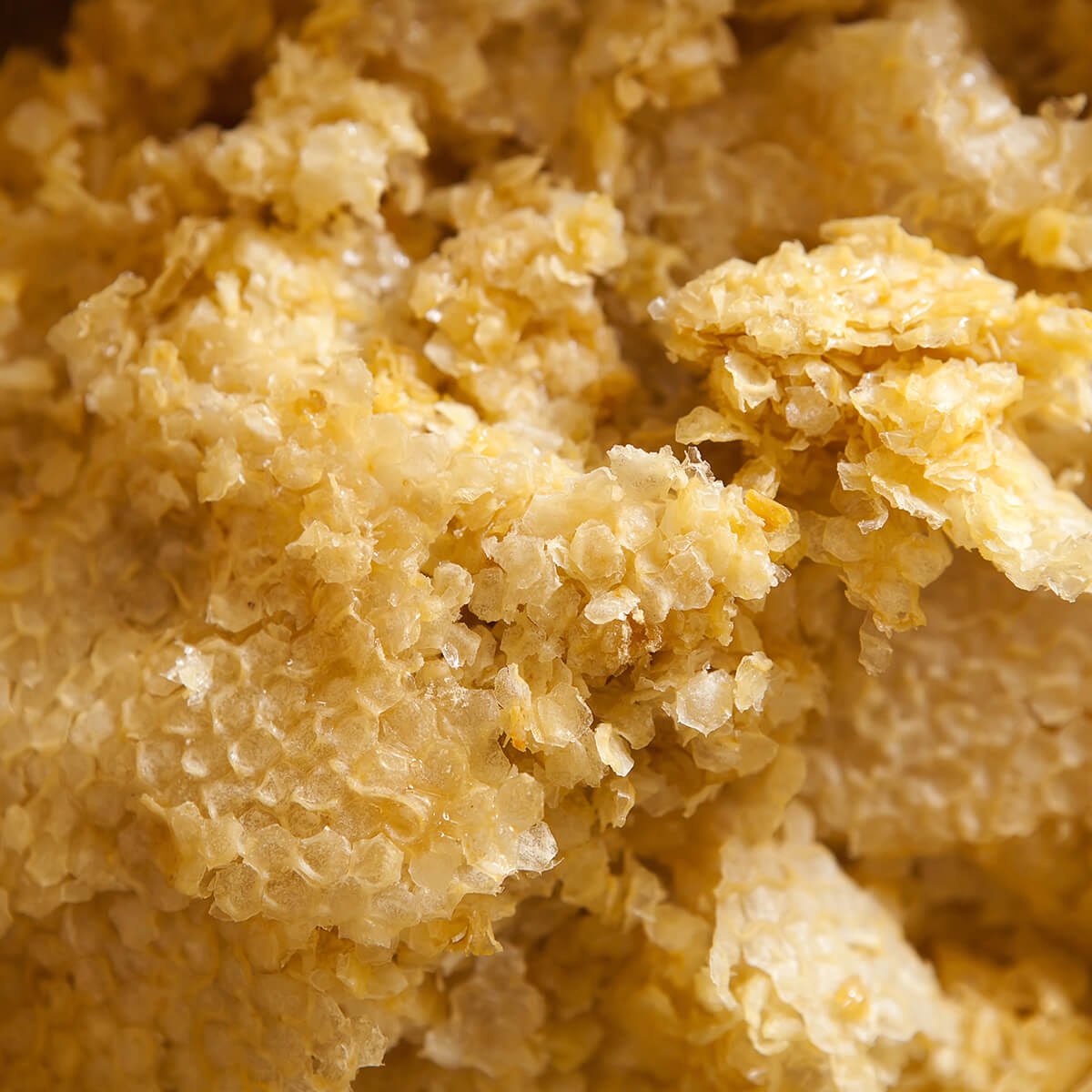
How Beeswax is Formed
Beeswax is a high-value natural wax produced by honeybees. The wax is formed into scales by wax-producing glands on the abdomen of worker bees, who discard it at the hive. Hive worker bees then collect and use it to create cells for honey storage and larval protection within the hive.
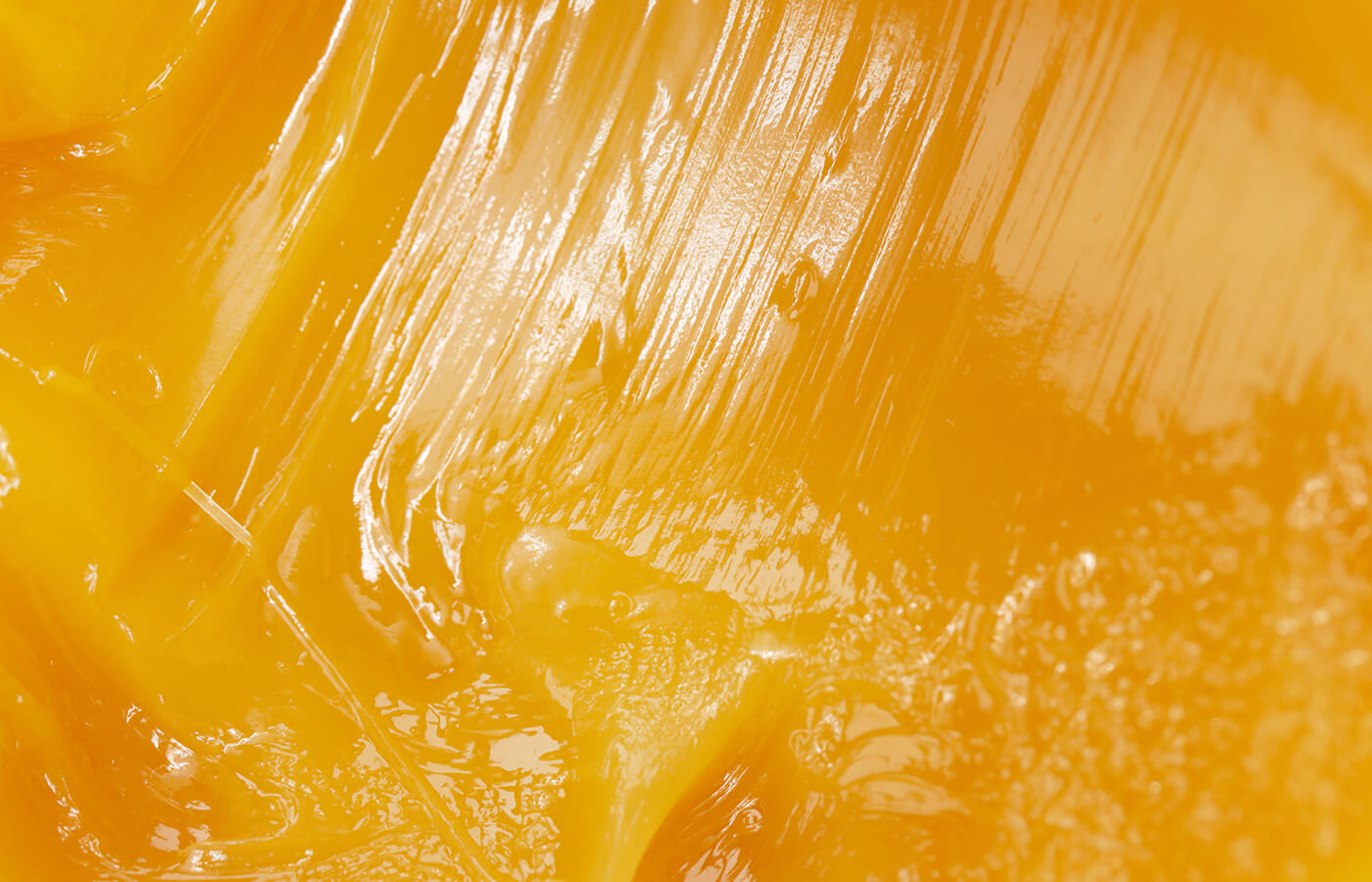
Beeswax and Candle Making
Beeswax has been in use since the early history of candle making. Beeswax is commonly used as an ingredient in cosmetics, health products, polishes (wood & leather), lubricants, and as a waterproofing agent.
One of the most unique characteristics of beeswax is its ability to purify the air. Beeswax candles emit negative ions as they burn. These negative ions neutralise pollutants in the air, helping to eliminate dust, mould spores, and nasty odours floating around. Beeswax is edible, having similarly negligible toxicity, and is approved for food use in most countries including the EU.
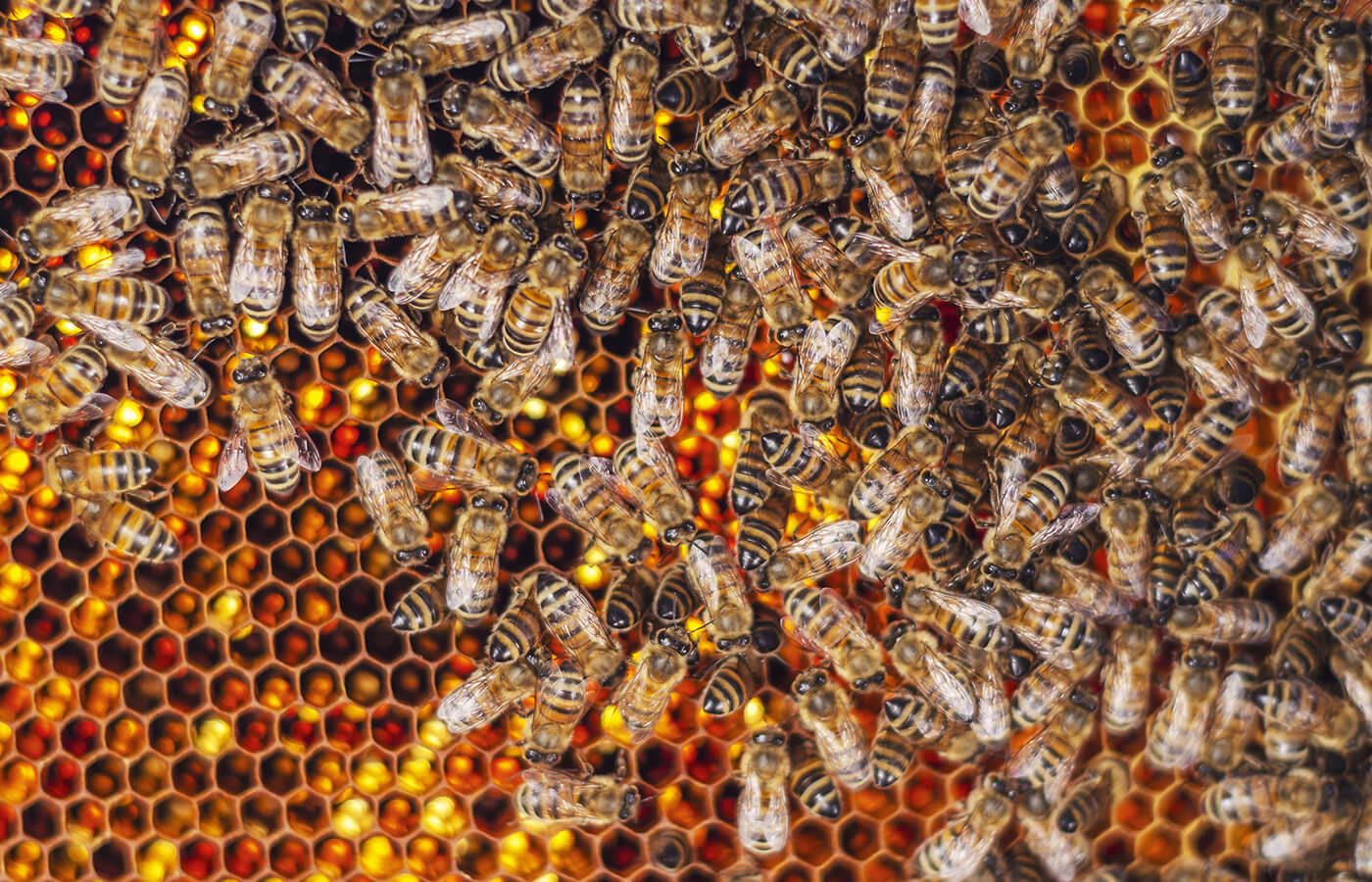
Feeding the World
A 2019 Forbes Magazine article commented that bees performed most of the global crop pollination.
‘Every season, pollination from honey bees, native bees, and flies deliver billions of dollars (U.S.) in economic value. Between $235 and $577 billion (U.S.) worth of annual global food production relies on their contribution.’
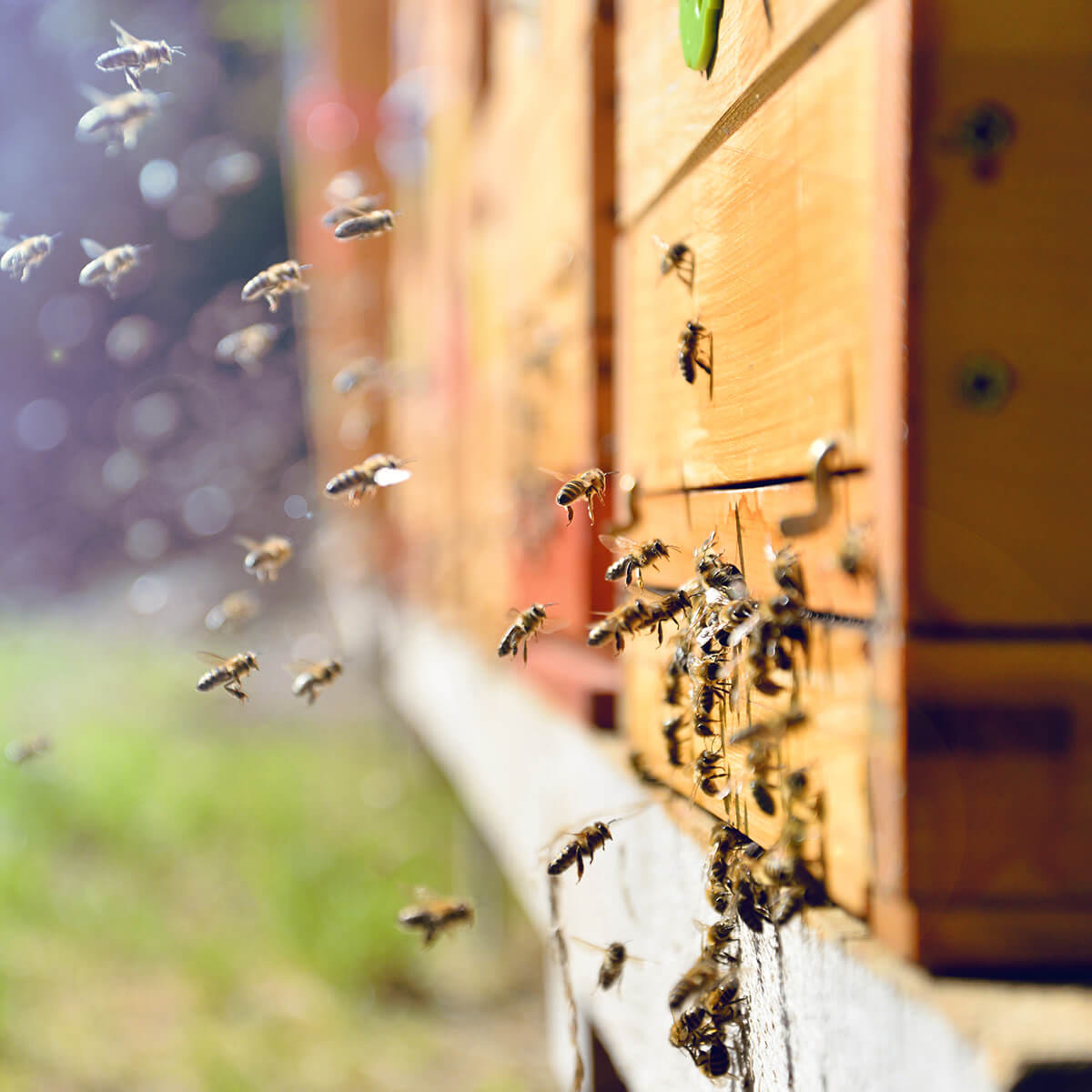
The Importance of Bees
In 2019, the western honeybee was listed on the IUCN Red List after numerous studies indicated that the species had significantly declined across Europe. Both wild and domesticated honeybee populations have suffered from pesticides, disease, pests, and natural habitat loss. Honeybee decline raises biodiversity concerns, and the risk of food price rises and shortages, as bee pollination decreases. The decline of bees has meant that in some parts of the world, farmers have been forced to turn to artificial pollination by hand, which is both expensive and labour-intensive.
At CRANBOURN®, we are passionate about supporting bees and other pollinator species, which are fundamental to the health of our natural ecosystems.






